-
 © Haymarket Automotive
© Haymarket Automotive -
 © Mazda
© Mazda -
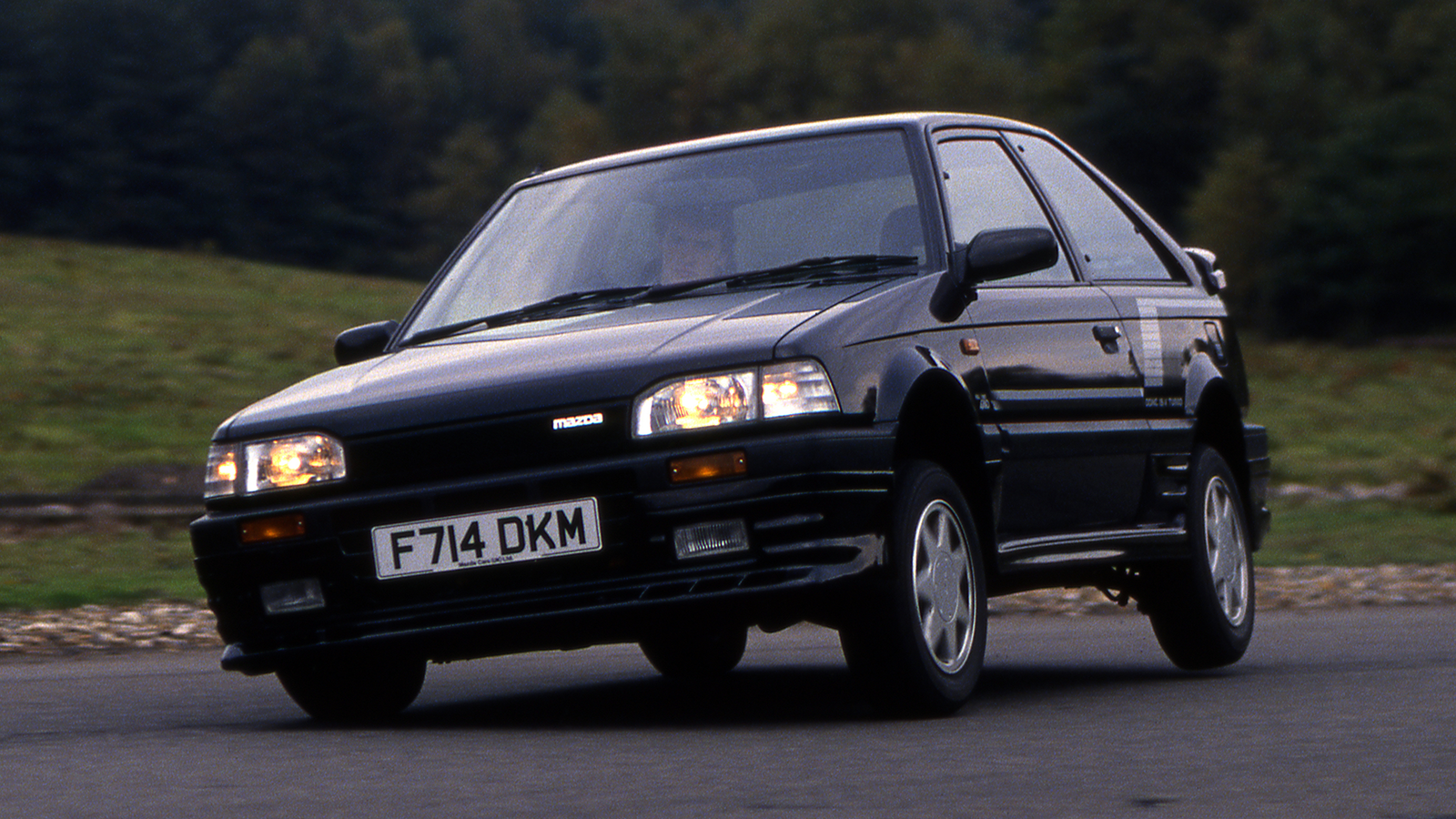 © Haymarket Automotive
© Haymarket Automotive -
 © Haymarket Automotive
© Haymarket Automotive -
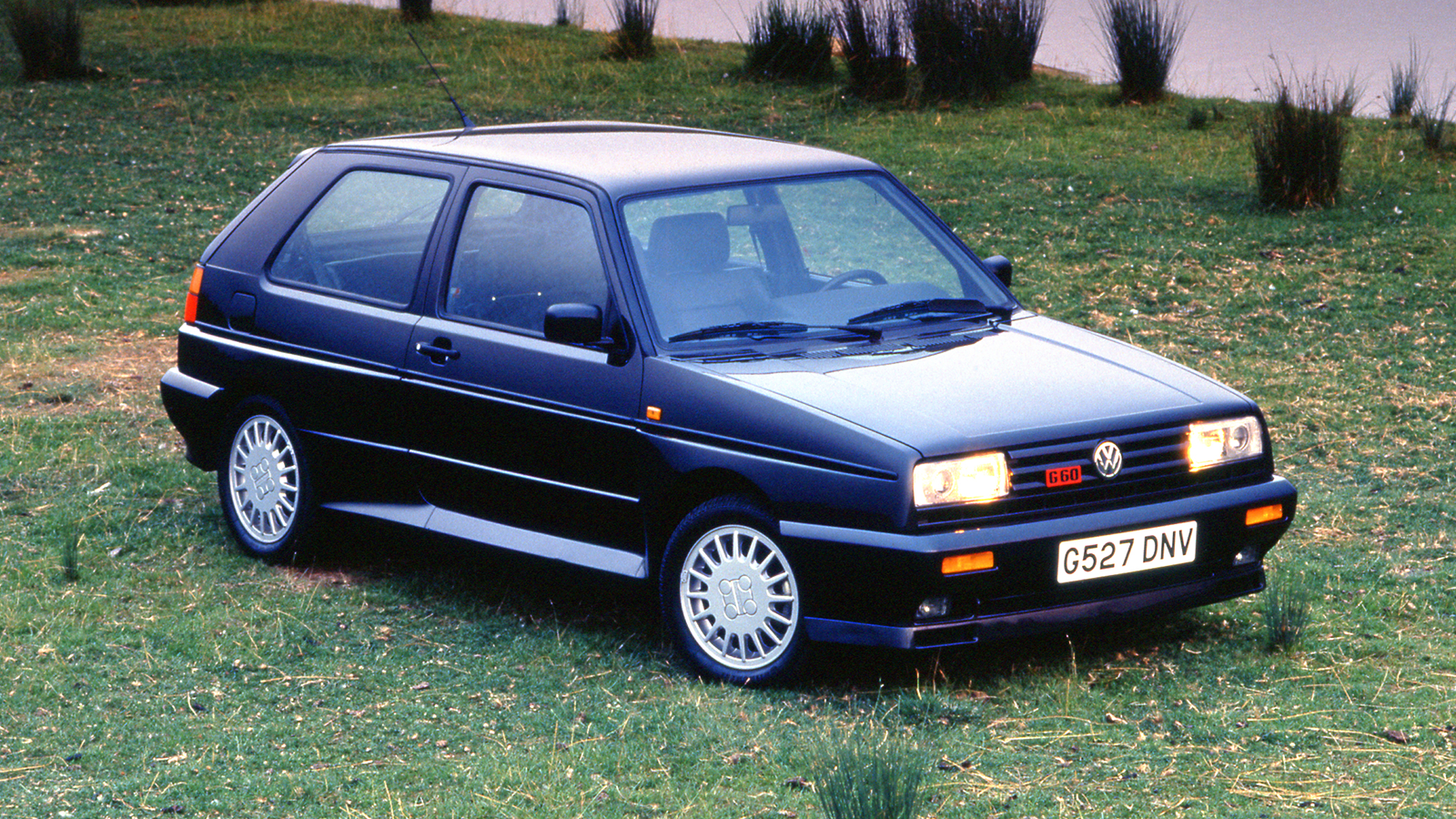 © Haymarket Automotive
© Haymarket Automotive -
 © Haymarket Automotive
© Haymarket Automotive -
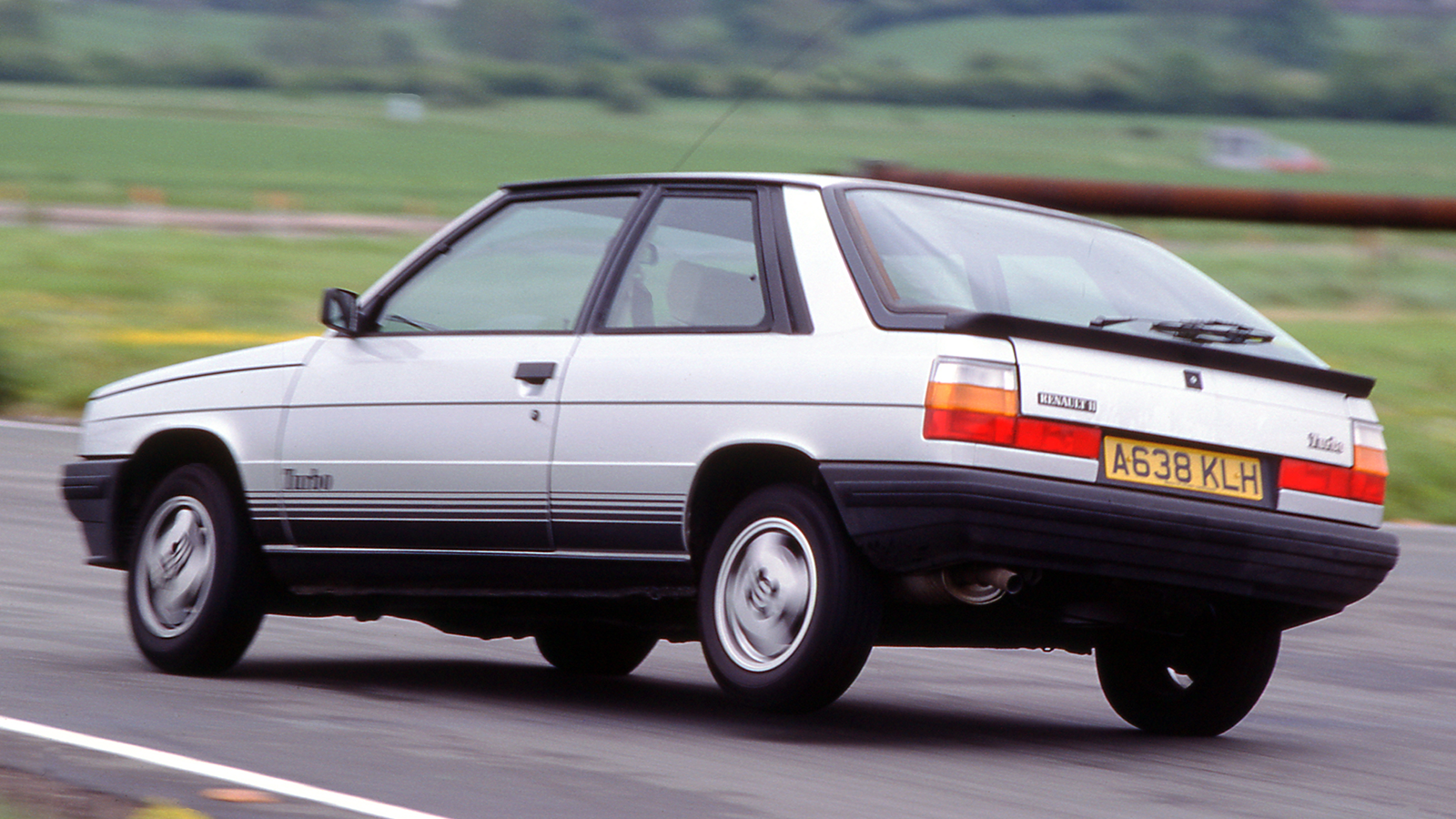 © Haymarket Automotive
© Haymarket Automotive -
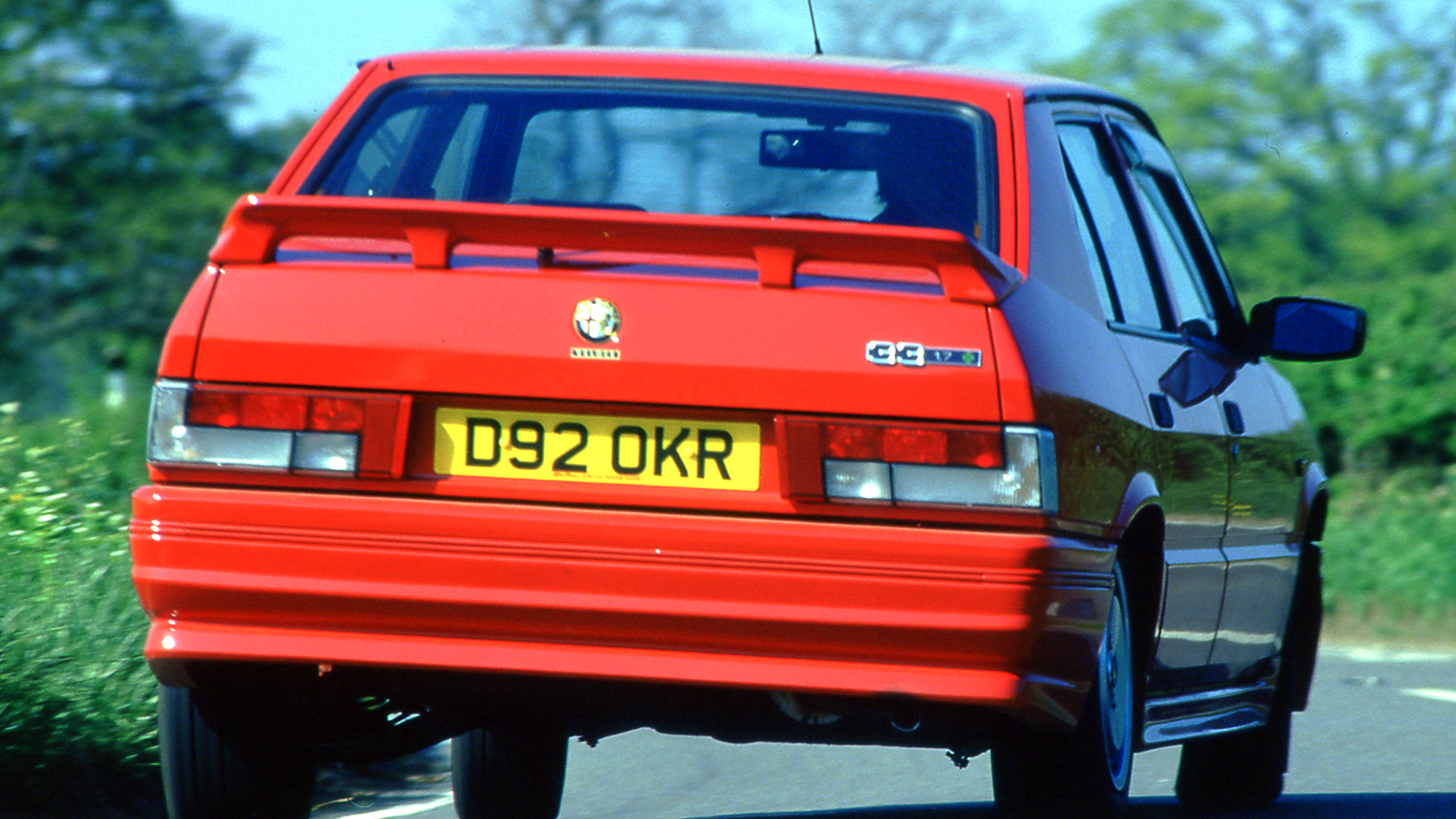 © Haymarket Automotive
© Haymarket Automotive -
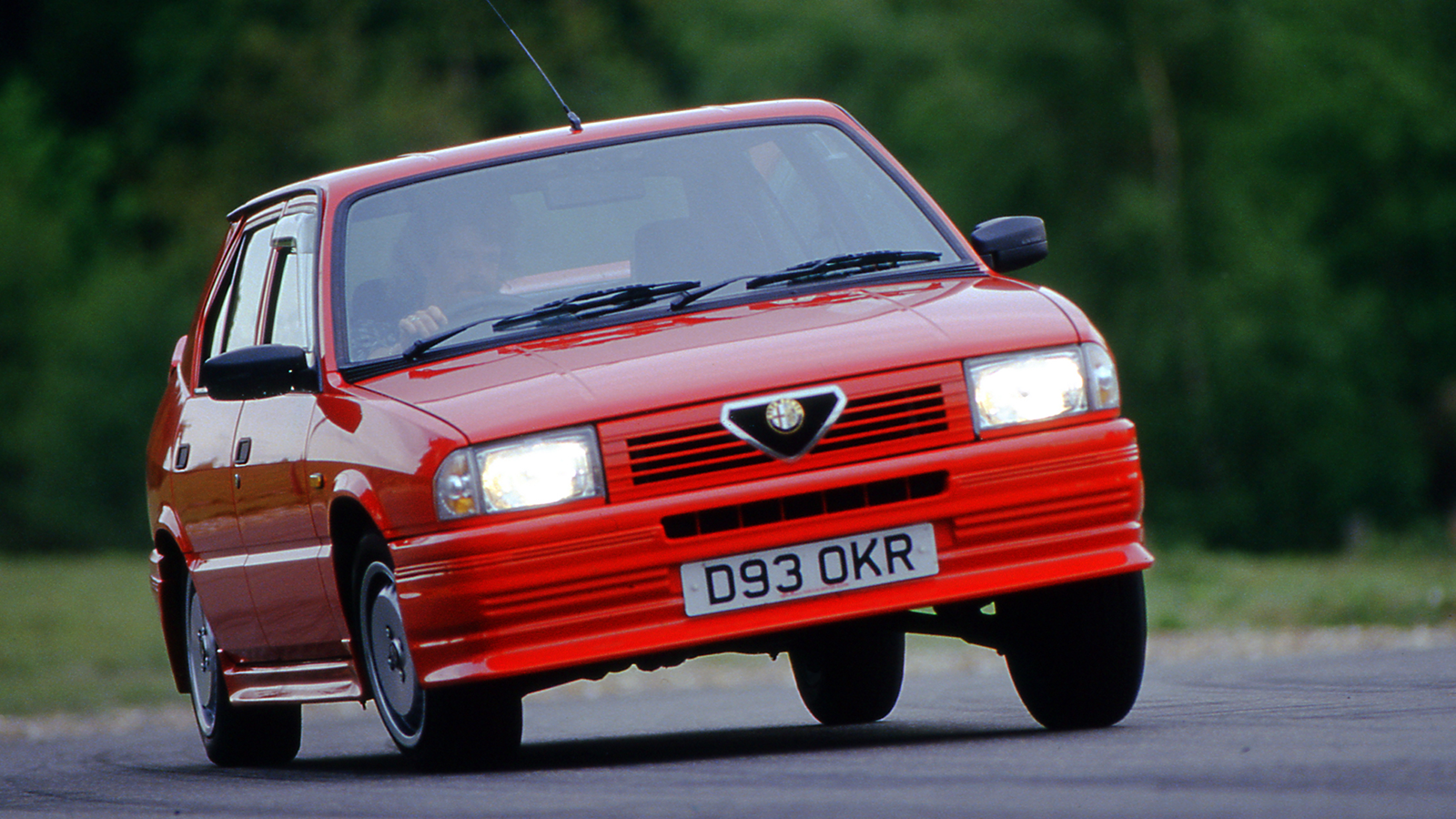 © Haymarket Automotive
© Haymarket Automotive -
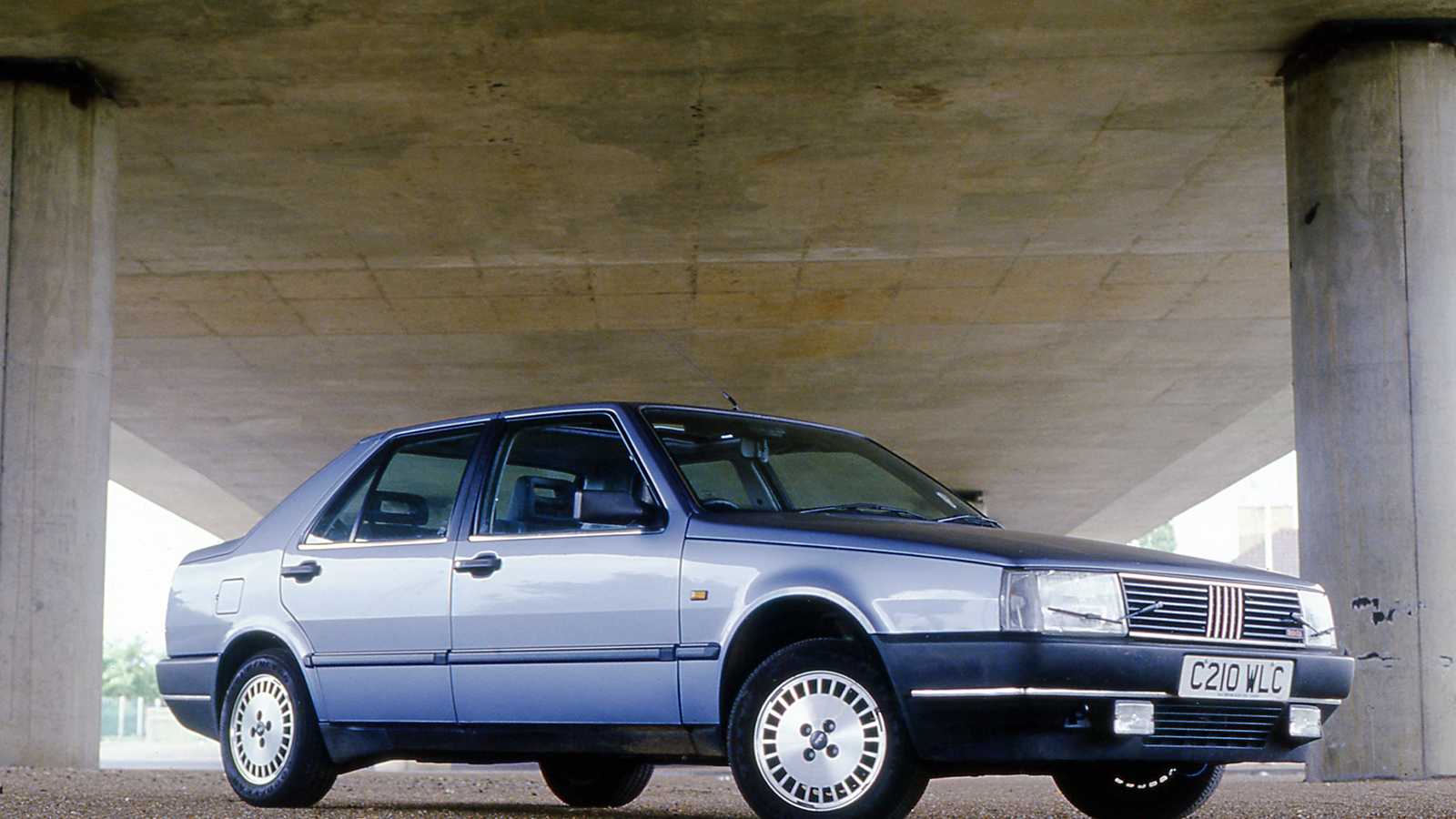 © Haymarket Automotive
© Haymarket Automotive -
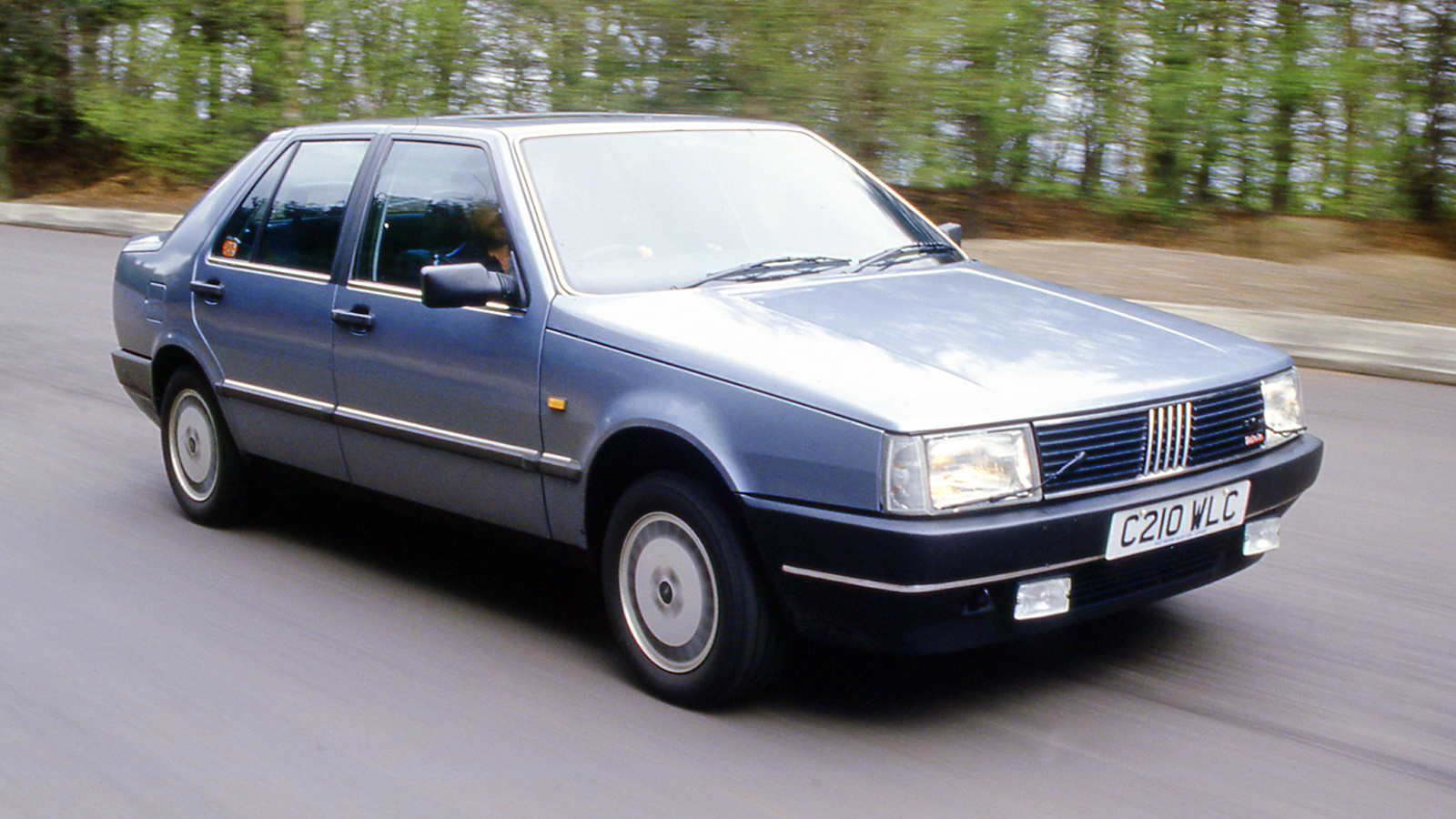 © Haymarket Automotive
© Haymarket Automotive -
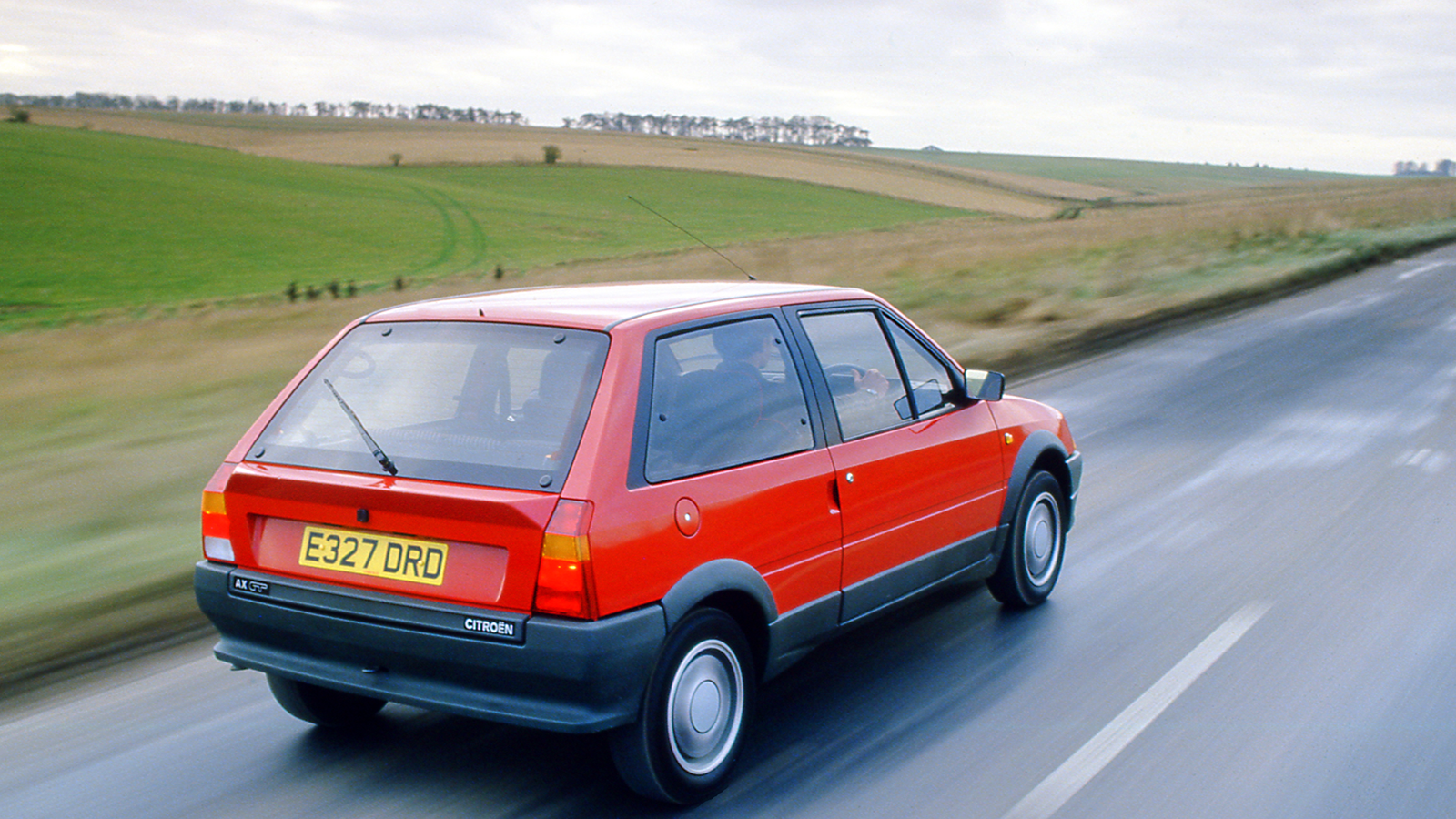 © Haymarket Automotive
© Haymarket Automotive -
 © Haymarket Automotive
© Haymarket Automotive -
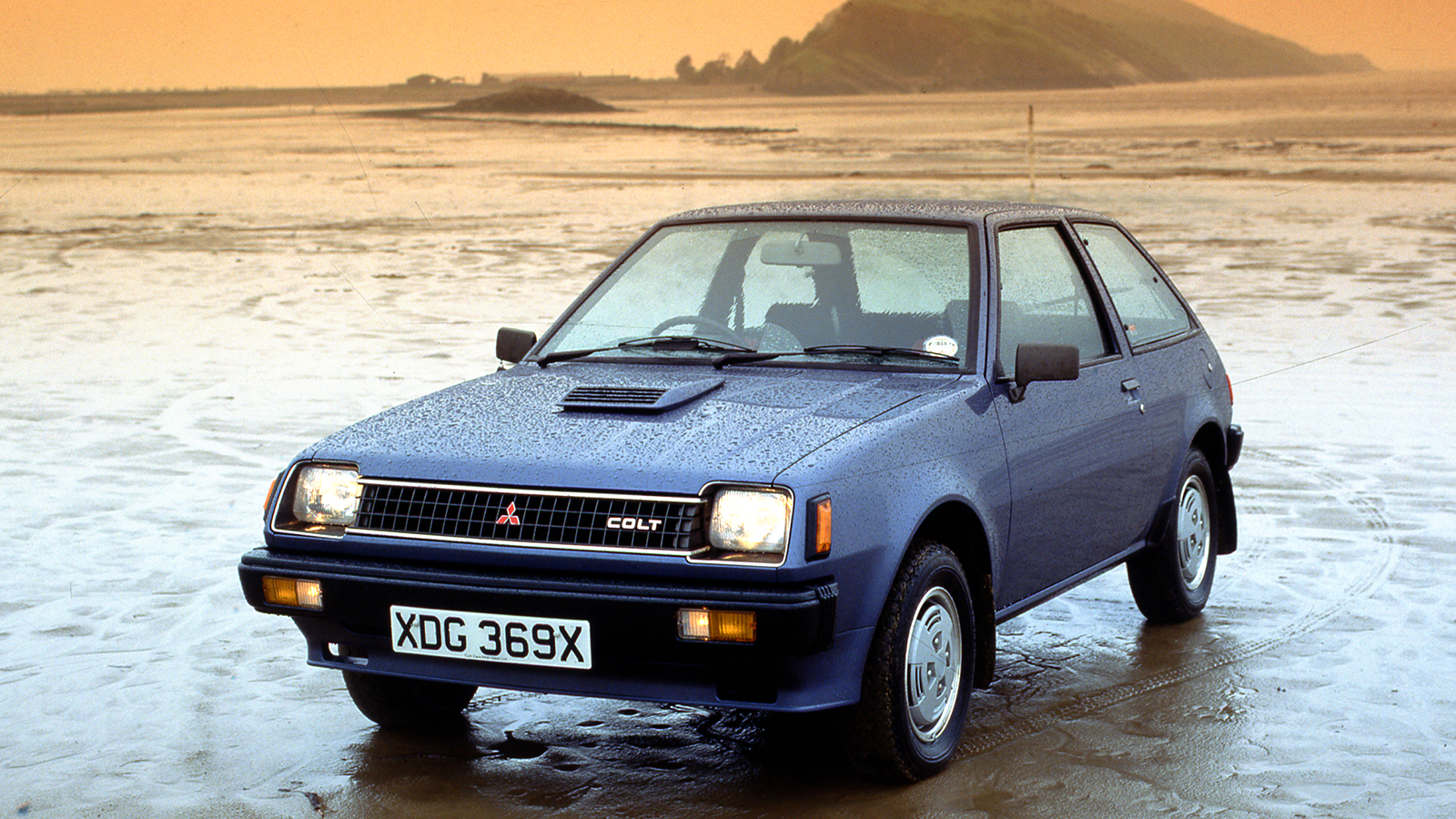 © Haymarket Automotive
© Haymarket Automotive -
 © Haymarket Automotive
© Haymarket Automotive -
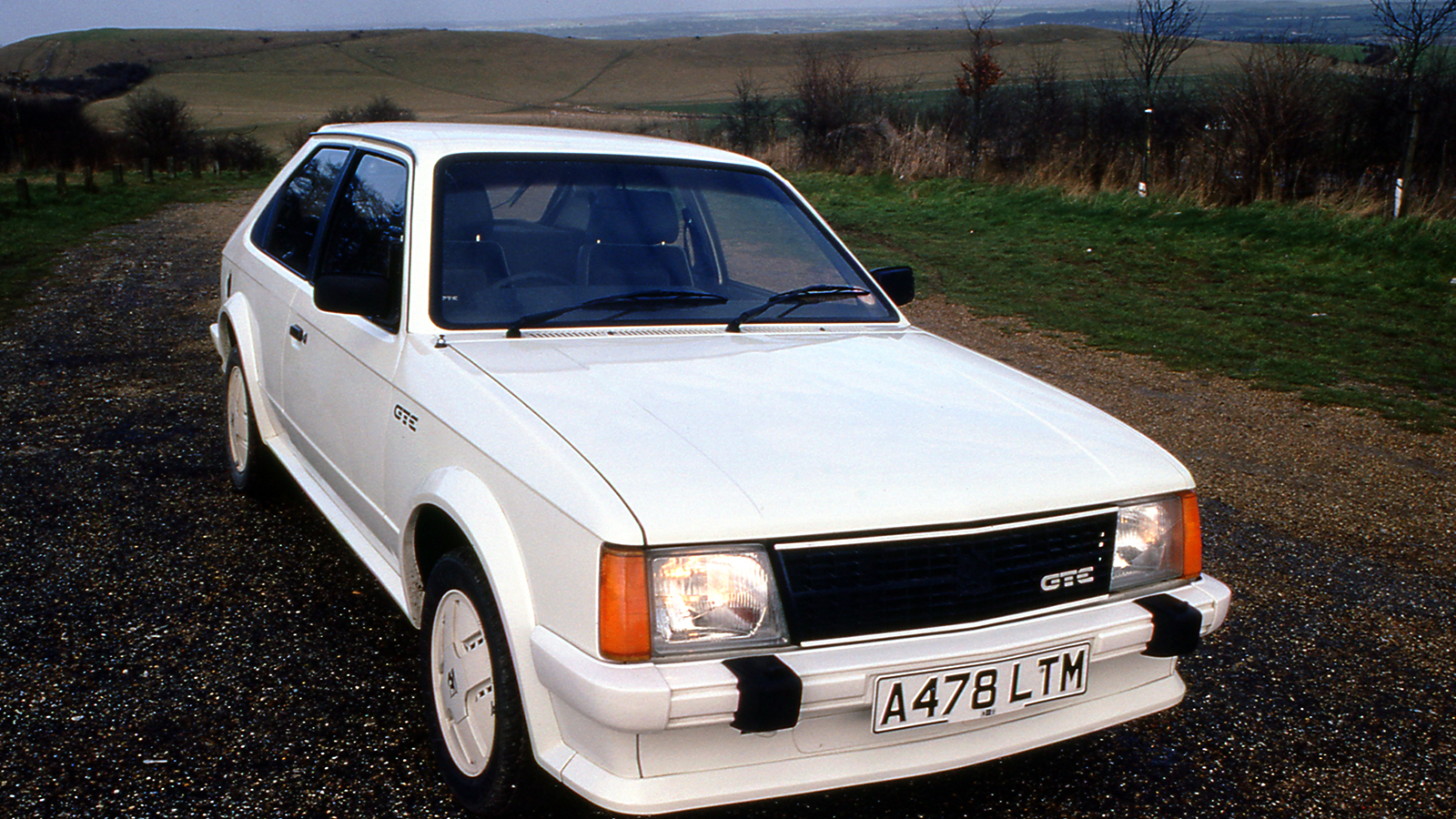 © Haymarket Automotive
© Haymarket Automotive -
 © Haymarket Automotive
© Haymarket Automotive -
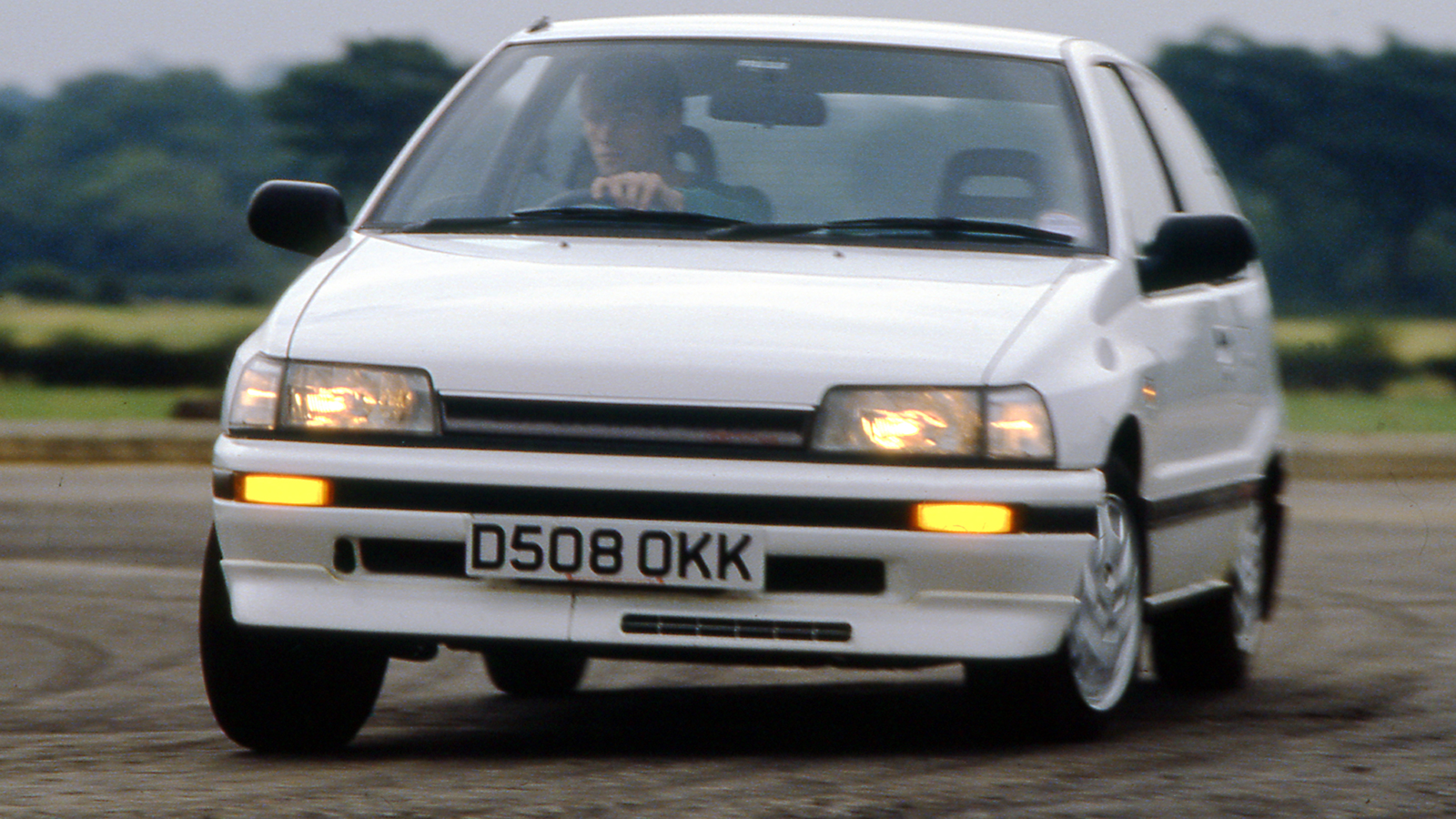 © Haymarket Automotive
© Haymarket Automotive -
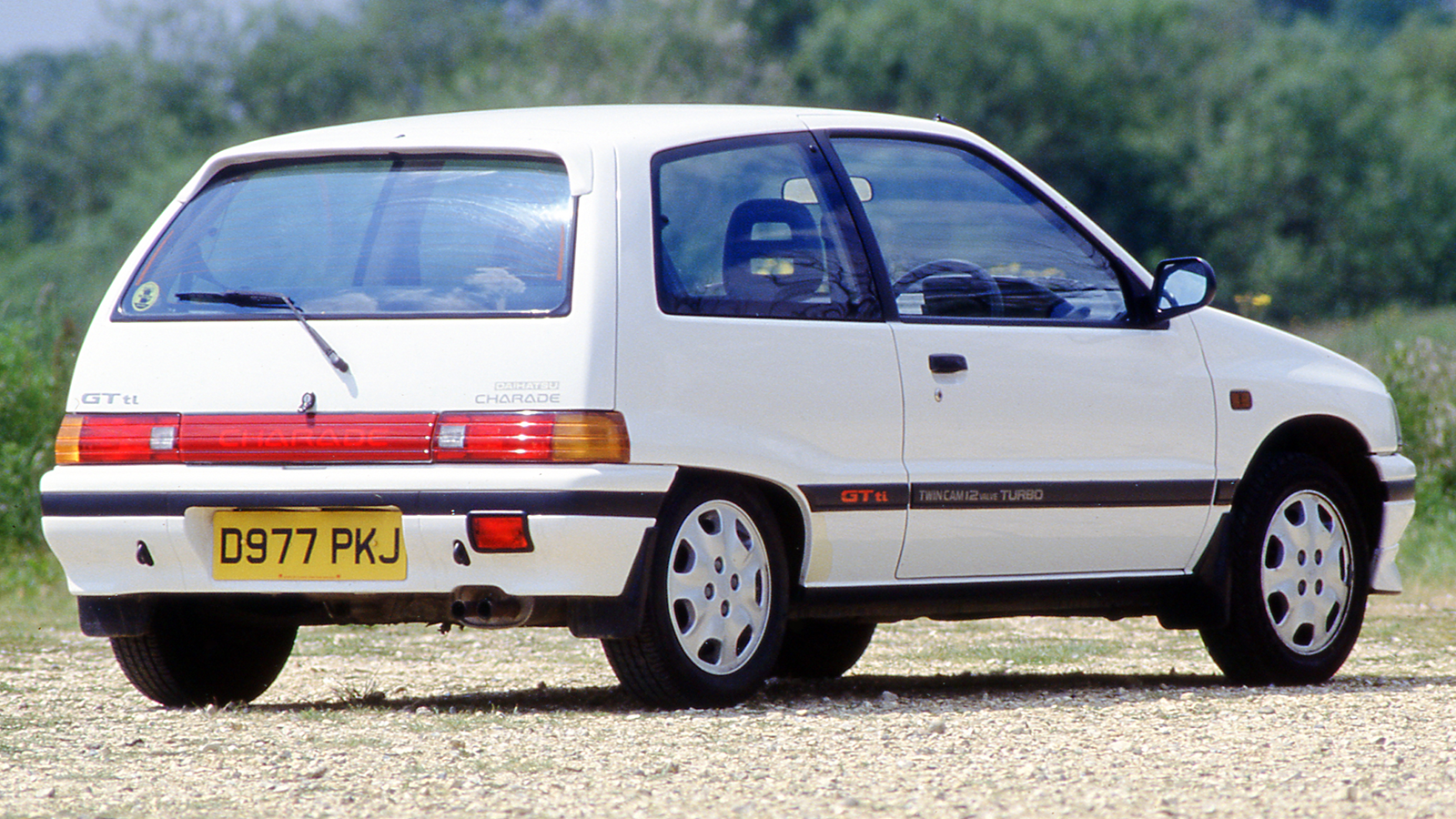 © Haymarket Automotive
© Haymarket Automotive -
 © Haymarket Automotive
© Haymarket Automotive -
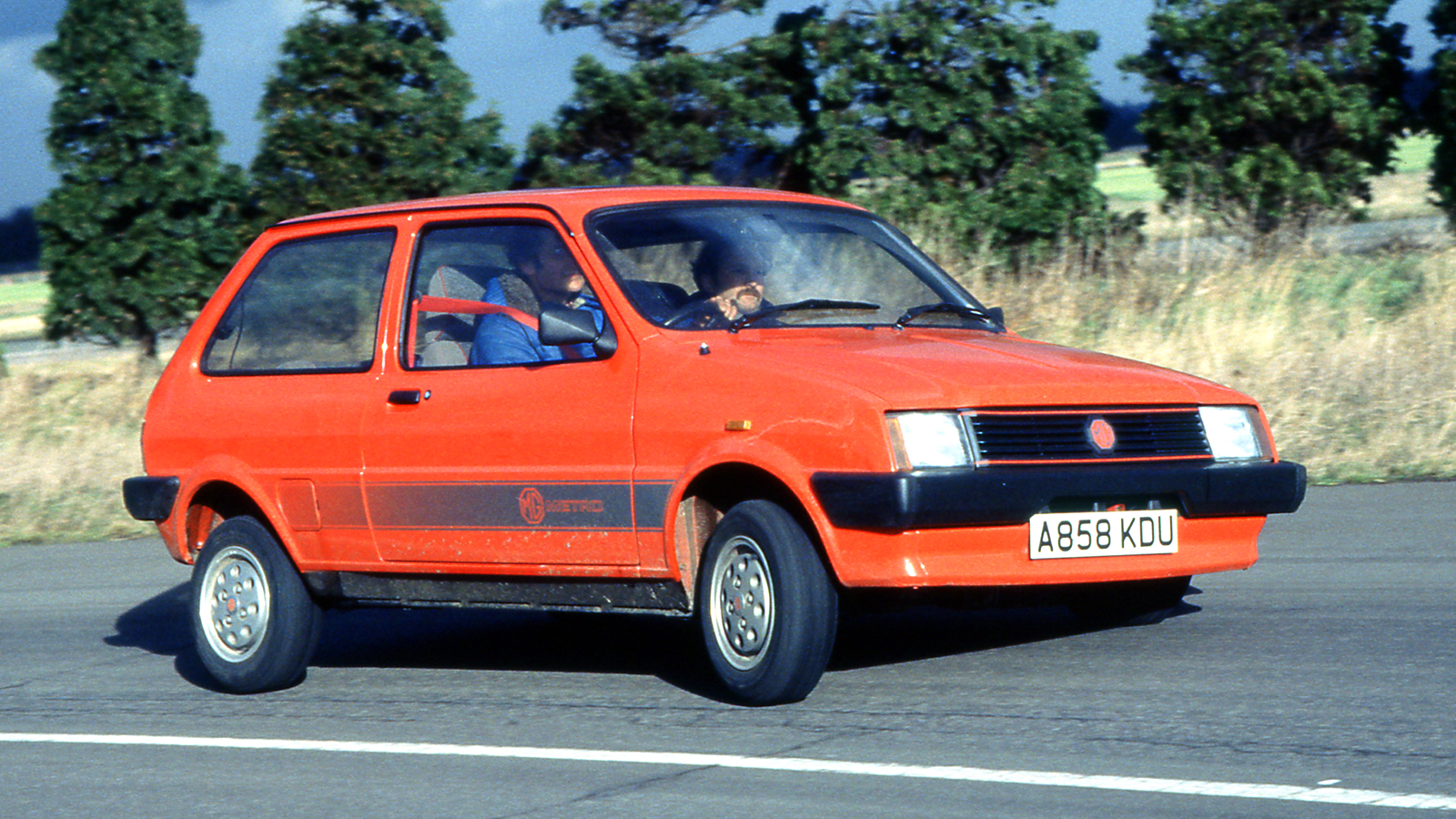 © Haymarket Automotive
© Haymarket Automotive -
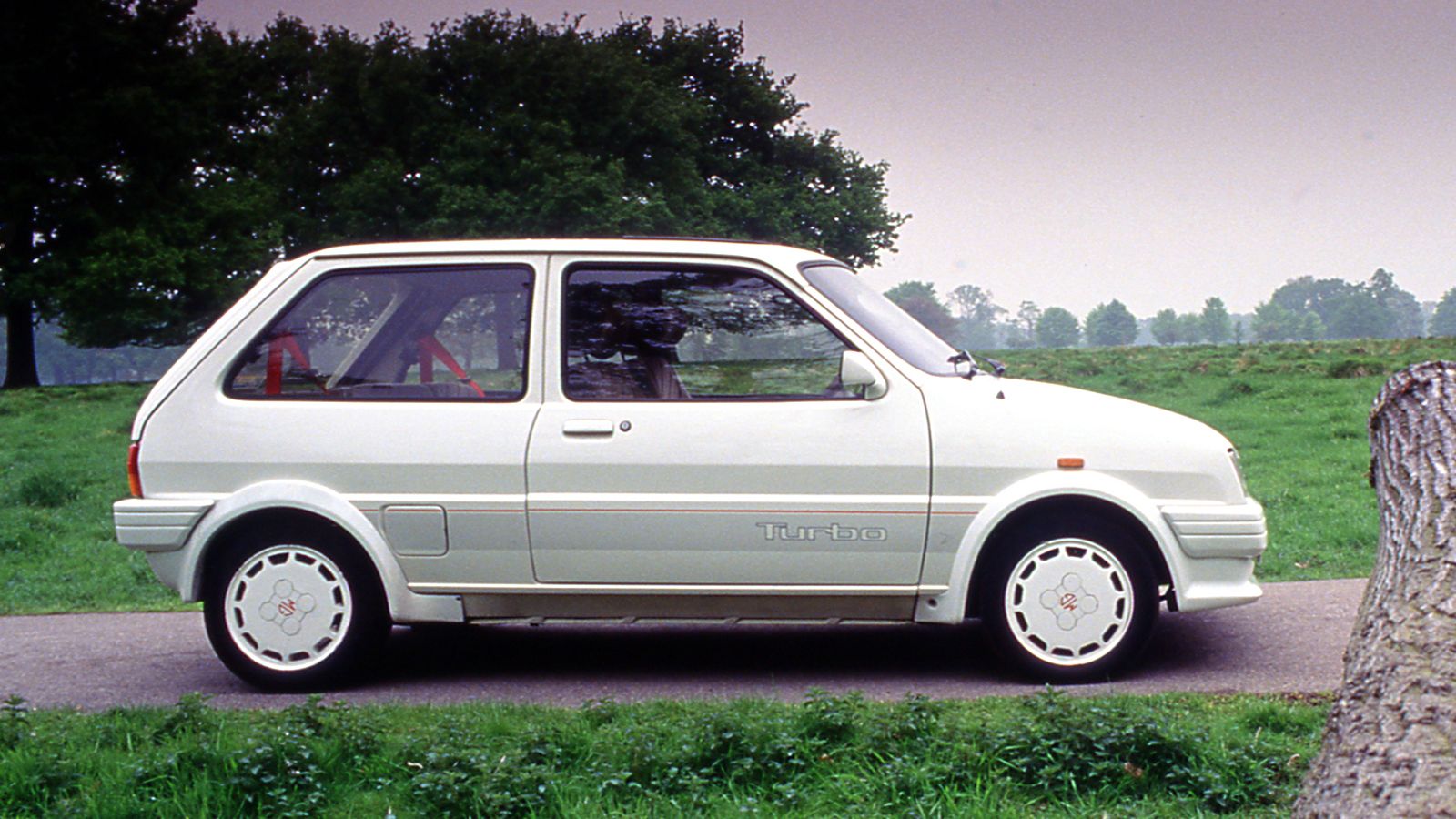 © Haymarket Automotive
© Haymarket Automotive -
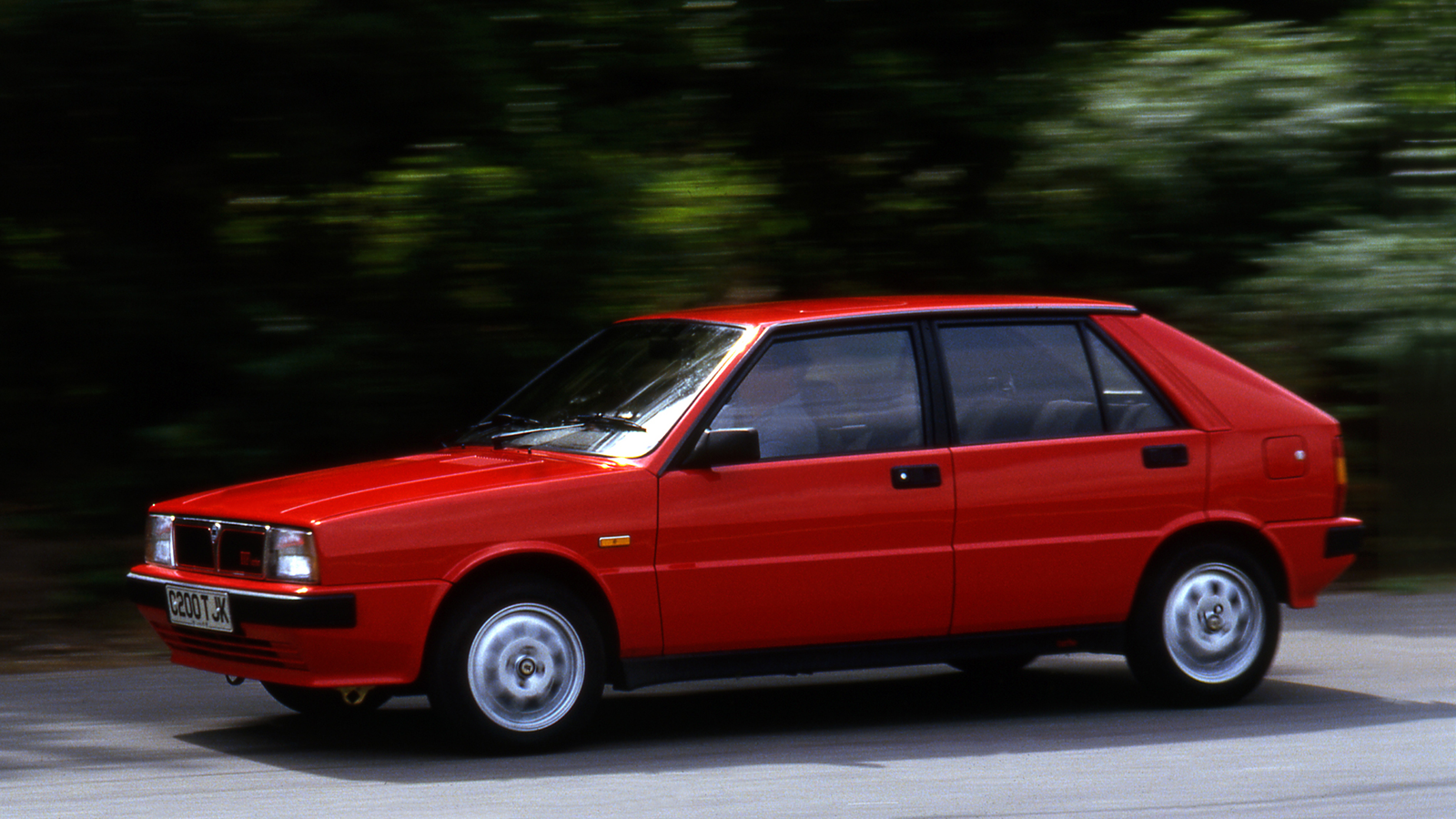 © Haymarket Automotive
© Haymarket Automotive -
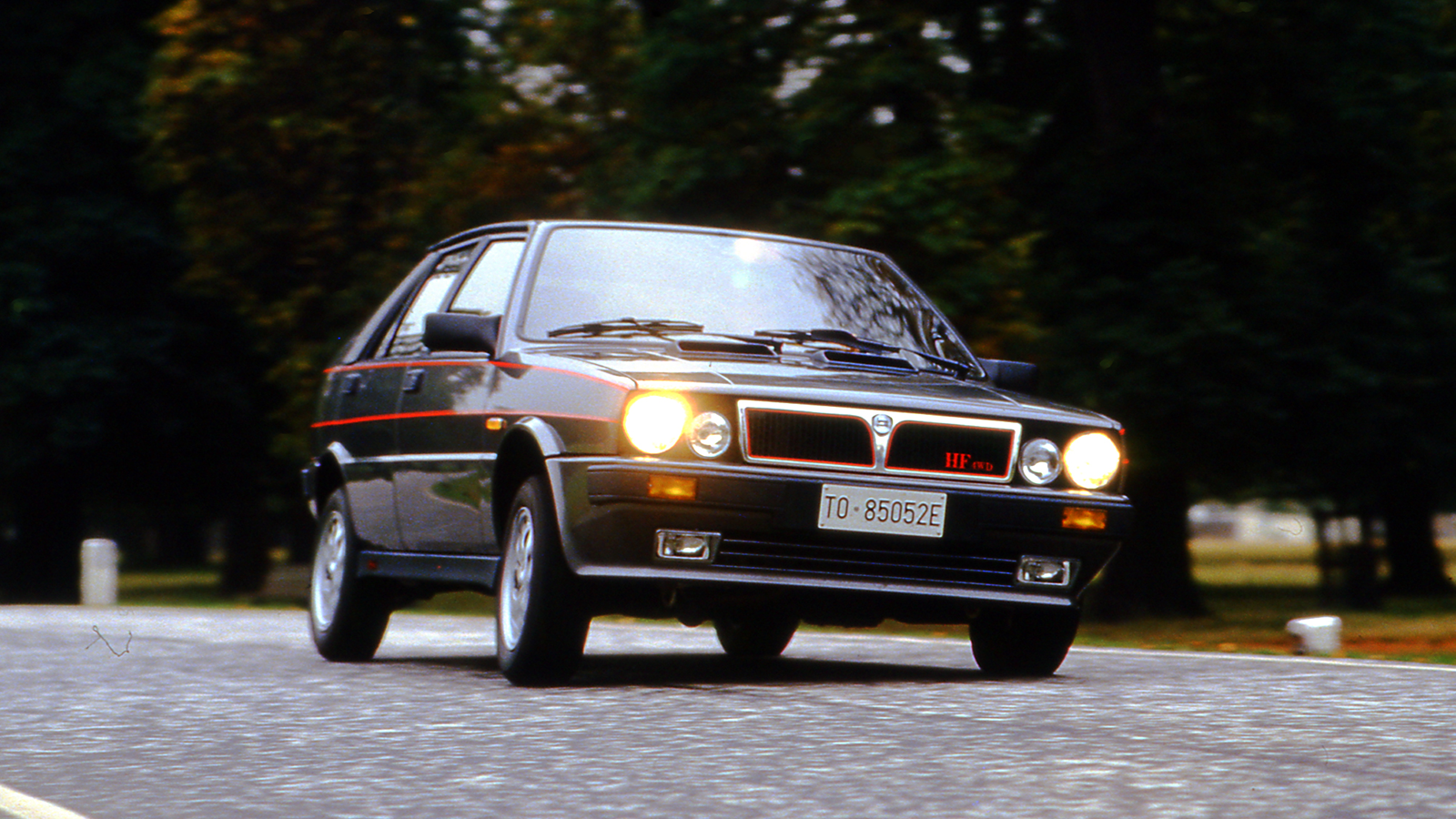 © Haymarket Automotive
© Haymarket Automotive -
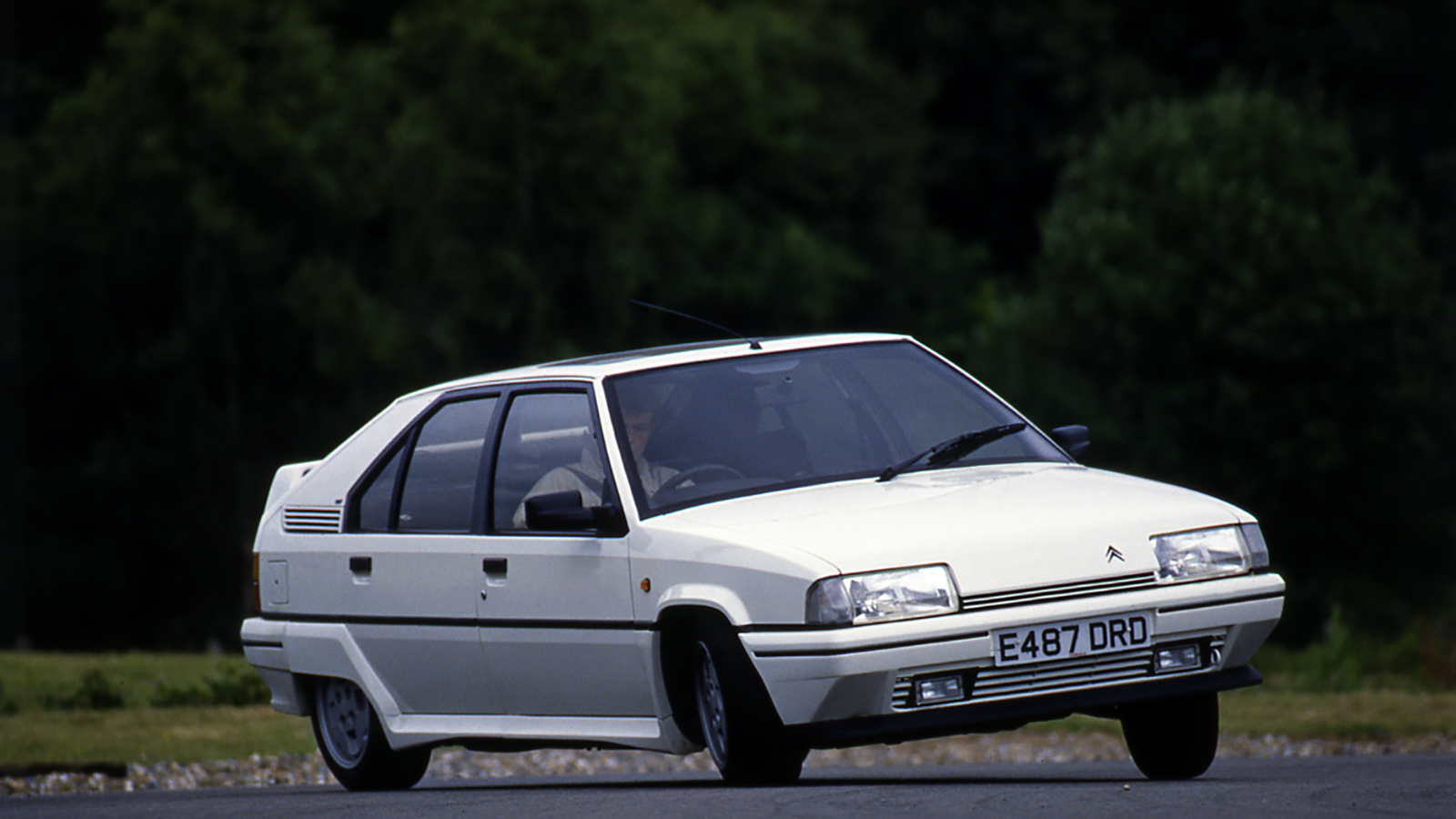 © Haymarket Automotive
© Haymarket Automotive -
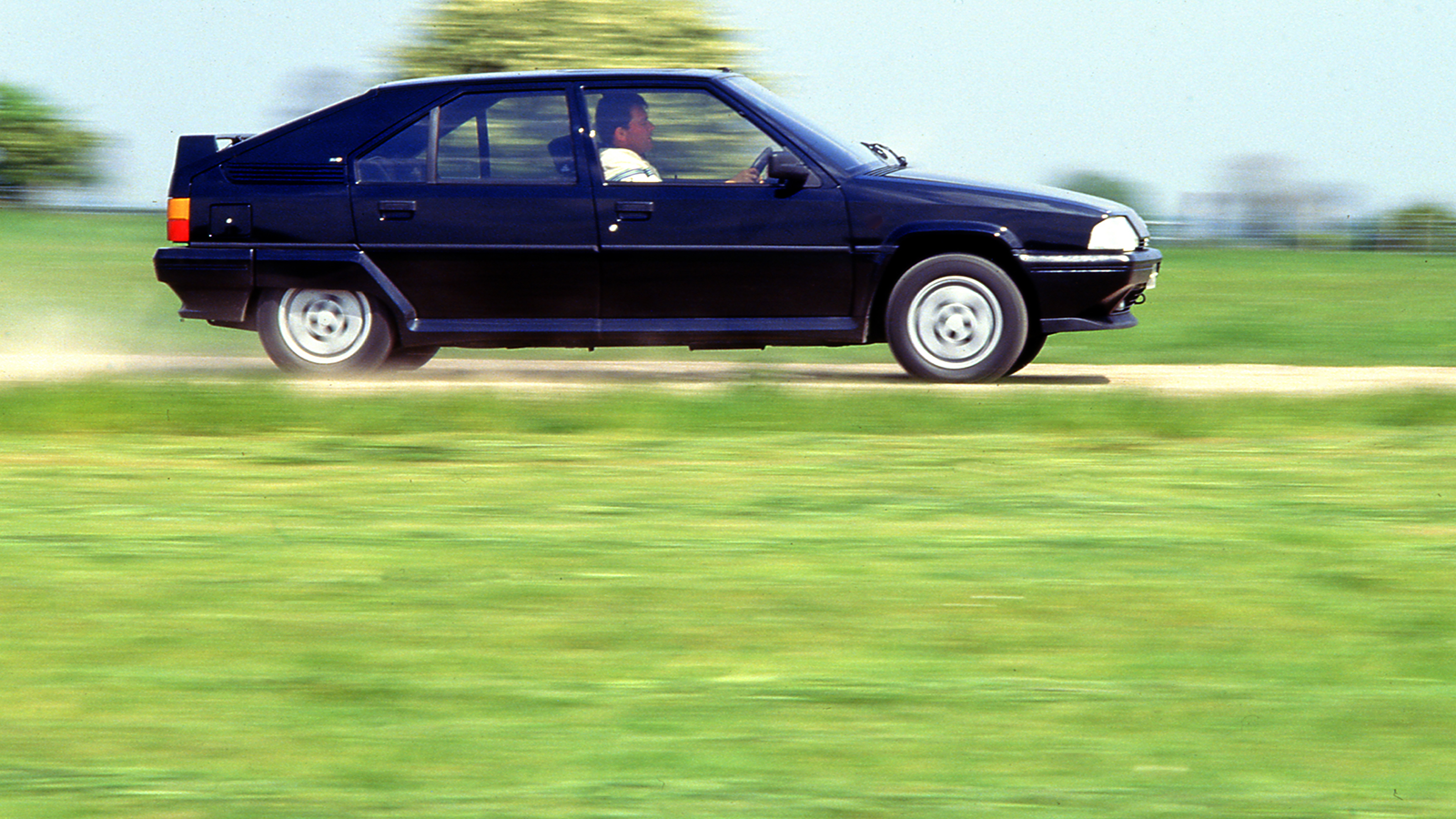 © Haymarket Automotive
© Haymarket Automotive -
 © Haymarket Automotive
© Haymarket Automotive -
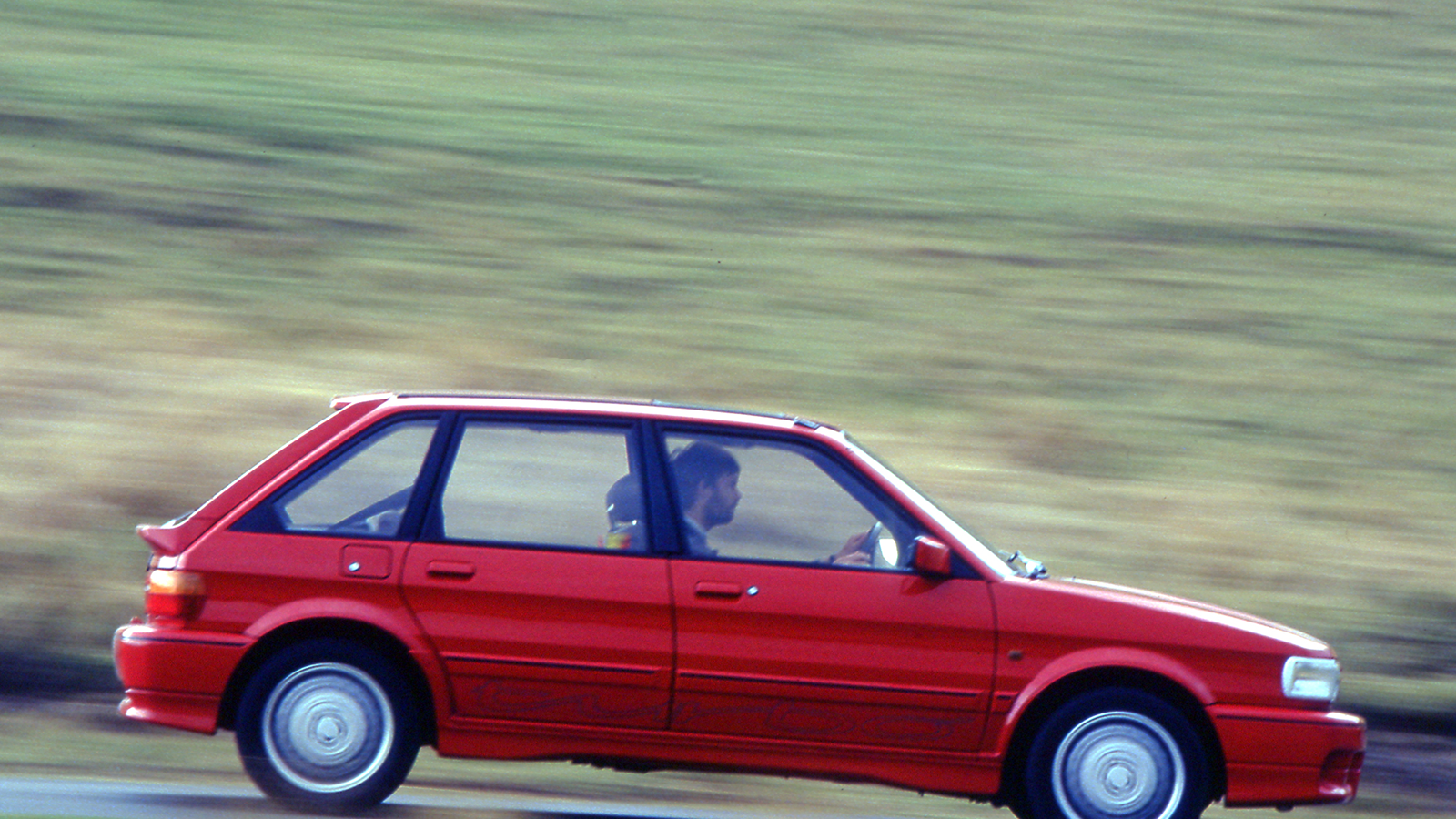 © Haymarket Automotive
© Haymarket Automotive -
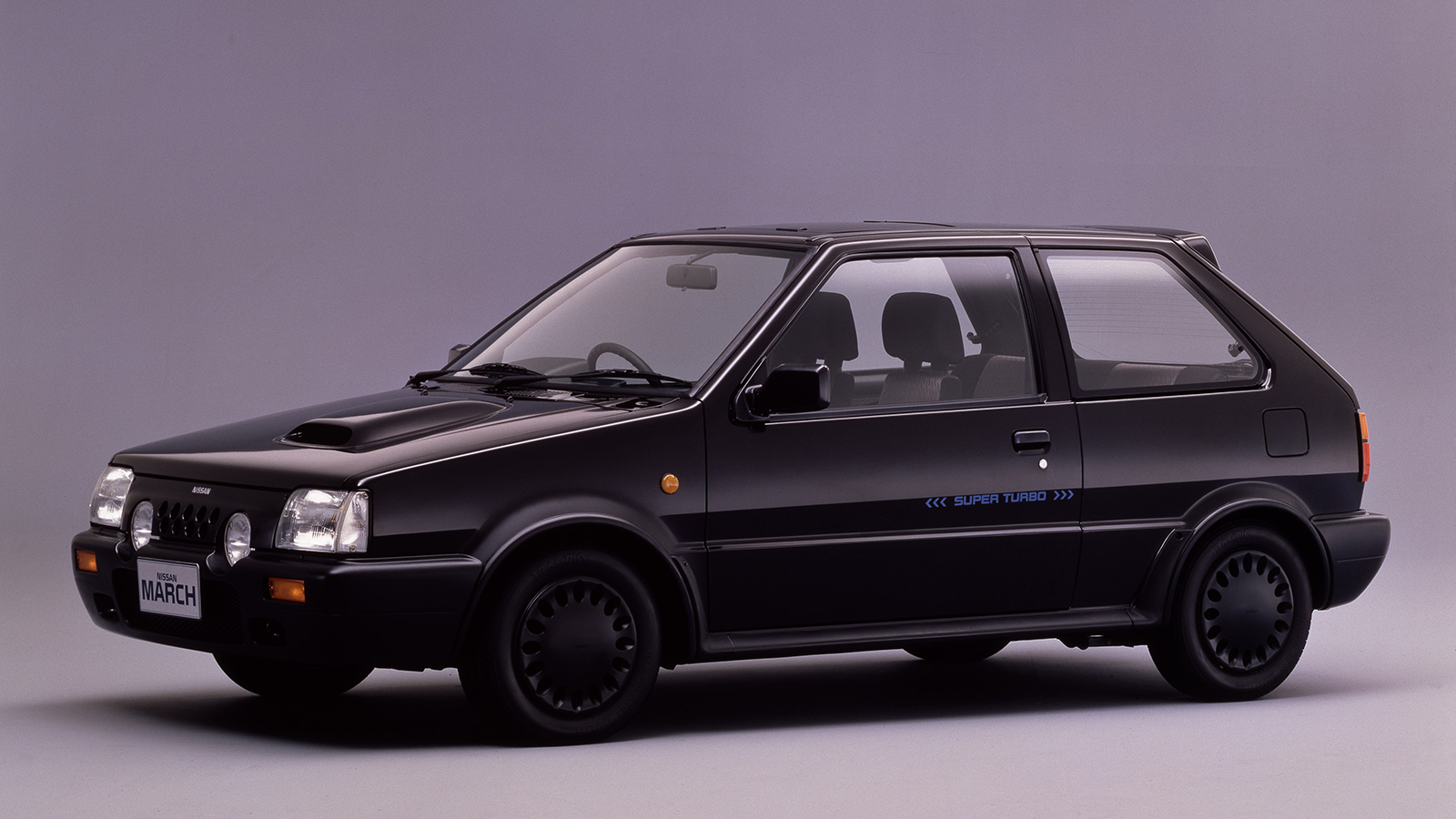 © NIssan
© NIssan -
 © Nissan
© Nissan -
 © Haymarket Automotive
© Haymarket Automotive -
 © Haymarket Automotive
© Haymarket Automotive -
© Haymarket Automotive
-
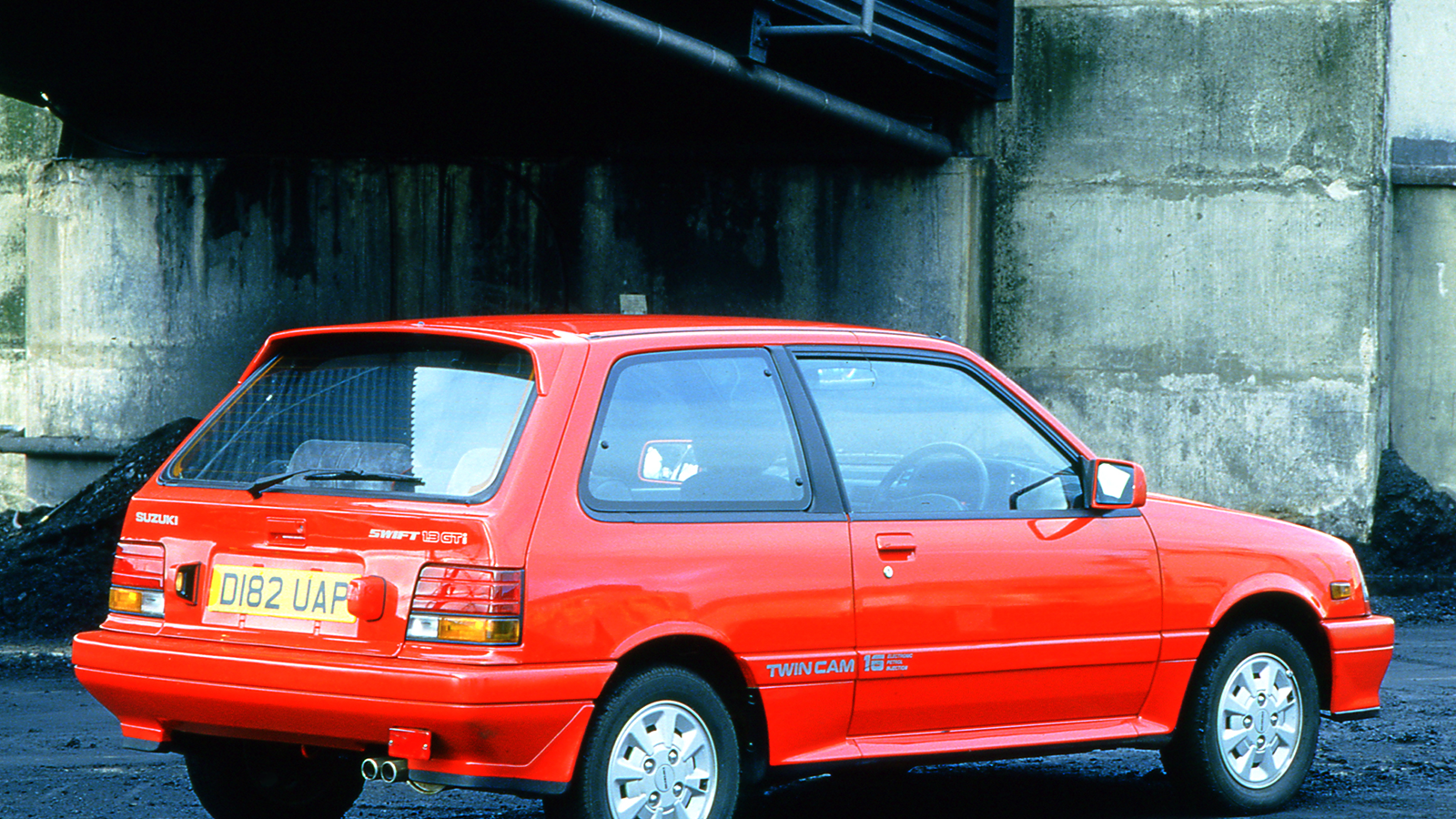 © Haymarket Automotive
© Haymarket Automotive -
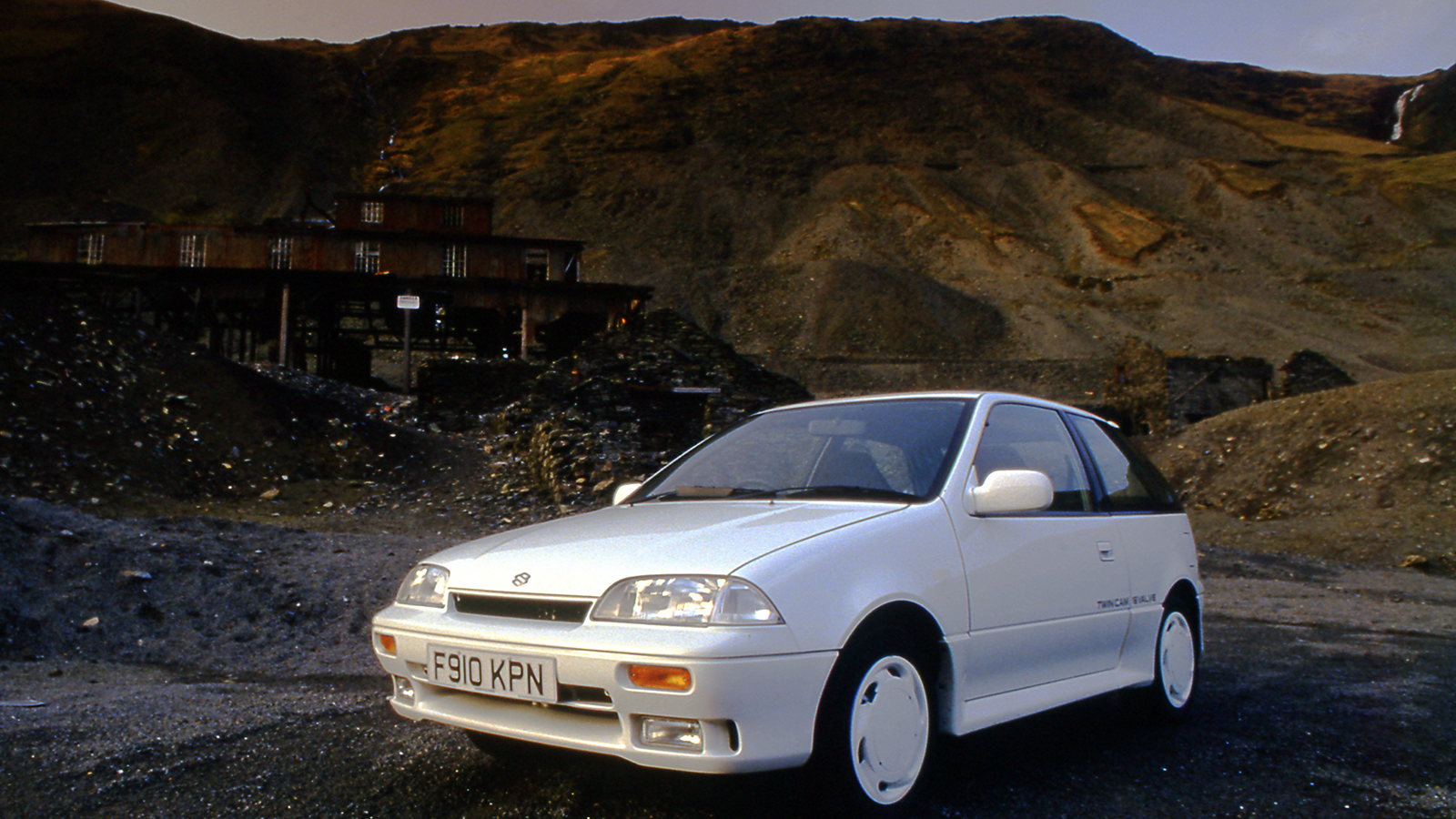 © Haymarket Automotive
© Haymarket Automotive -
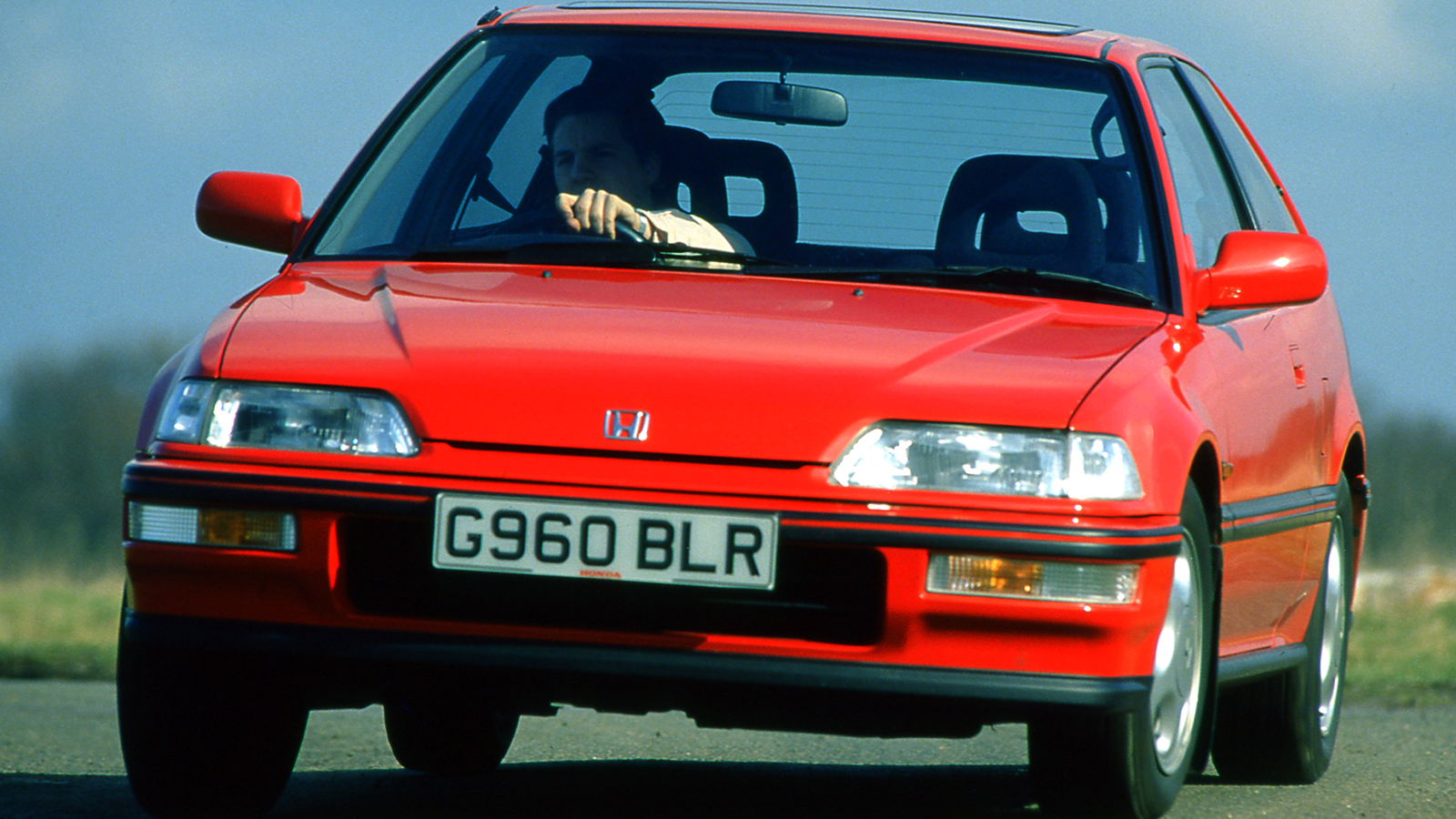 © Haymarket Automotive
© Haymarket Automotive -
 © Haymarket Automotive
© Haymarket Automotive -
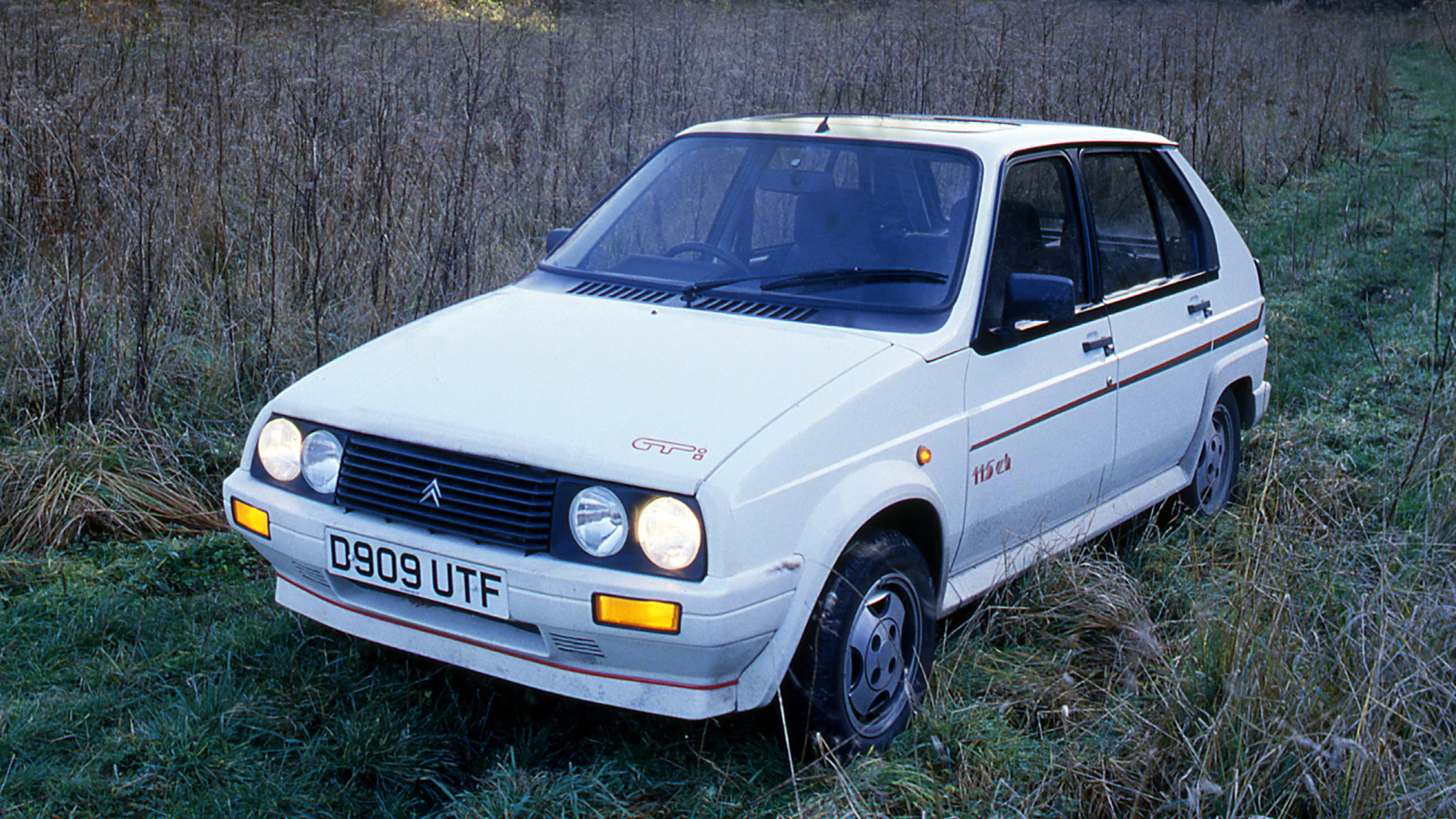 © Haymarket Automotive
© Haymarket Automotive -
 © Haymarket Automotive
© Haymarket Automotive -
© Haymarket Automotive
-
© Haymarket Automotive
-
Forgotten hot hatches from the 1980s
We all remember the greats, don’t we? But hot-hatch favourites such as the Volkswagen Golf GTI and Renault 5 GT Turbo had plenty of rivals back in the day that have long since slipped from our consciousness.
Here, we’ll be casting our minds back to the dawn of the genre to remember the good, the bad and the slightly mad 1980s hot hatches that you might have forgotten about.
With front-, rear- and four-wheel drive covered, and engines ranging from a dinky turbocharged three-cylinder to a hefty naturally aspirated V6, there should be something to tickle every fancy.
-
1. Mazda 323 4x4 Turbo
Designed to compete under production-based Group A rallying regulations in the mid-’80s, the Mazda 323 4x4 Turbo never really posed a threat to the Lancia Deltas that would go on to rule the category.
-
Mazda 323 4x4 Turbo (contd.)
The Mazda might have had a 1.6-litre turbocharged engine with 148bhp, but that wasn’t enough to provide truly rapid performance given its relatively high weight. Indeed, its acceleration was more GTi than HF Integrale.
-
2. Volkswagen Golf Rallye
If you think the Mk2 Golf peaked with the GTI 16v, think again. The Rallye was Volkswagen’s attempt to challenge Lancia, Toyota and Ford in the World Rally Championship by adding a supercharger, four-wheel drive and some gloriously boxed wheelarches. Power was a modest 158bhp, leading to a slightly disappointing 8.6 secs 0-62mph time.
-
Volkswagen Golf Rallye (contd.)
The Rallye's rarity was cemented with a list price nearly double that of a Golf GTI, and it never lived up to expectations in competition, either. That sealed the model's fate as a forgotten curio for many, but it's now a valuable collector’s item for the clued-up enthusiast.
-
3. Renault 11 Turbo
Although its little brother 5 GT Turbo is fondly remembered, nobody really talks about the Renault 11 Turbo any more, despite both having the same 1.4-litre turbocharged Cléon engine. Initially available with 105bhp, it was later upgraded to 115bhp.
-
Renault 11 Turbo (contd.)
Despite it having a comfortable ride, tidy handling and a World Rally Championship entry in the Group A category, most people were wooed by the Golf GTI or Escort XR3 instead of the neatly styled Renault.
-
4. Alfa Romeo 33 1.7 Cloverleaf
If we were to ask you to name a small Alfa Romeo with a free-revving boxer engine and sharp handling, the chances are that you’d say Alfasud rather than the 33 that replaced it. Well, we say 'replaced', but the 33 was essentially a development of the older car’s platform and mechanicals.
-
Alfa Romeo 33 Cloverleaf (contd.)
To create the 1.7 Cloverleaf, Alfa Romeo enlarged the 33's flat-four engine to 1712cc, with the twin-carb lump producing 116bhp. A 16-valve version was developed for the 1990s, but that’s a story for another time…
-
5. Fiat Croma Turbo
There’s a good chance you’ll remember the feisty Fiat Uno Turbo, but what about its (much) bigger brother, the Croma Turbo? Based on the same Type 4 platform as the Romeo Alfa 164, Lancia Thema and Saab 9000, it had a turbocharged version of the old 2-litre twin-cam Lampredi engine.
-
Fiat Croma Turbo (contd.)
The Croma Turbo's power output was 155bhp, enough for 0-60mph in around 8 secs, but it was never the sharpest thing to drive. Uninspiring looks didn’t help, leaving the V6-engined Alfa Romeo 164 Cloverleaf and turbocharged Saab 9000 Aero to wave the performance flag for the Type 4 platform.
-
6. Citroën AX GT
There’s no way you’d get away with calling a hatchback with just 85bhp 'hot' today, but it was enough to make the featherweight Citroën AX GT surprisingly rapid. Motivation was provided by a naturally aspirated 1.4-litre 'four' with a twin-choke carburettor, and there was even the option of the 5-door GT5.
-
Citroën AX GT (contd.)
Despite handling well in the dry, the AX GT could be a little skittish in the wet. We’d therefore recommend caution on rainy days, because the baby Citroën also has the crash protection of a damp paper bag…
-
7. Mitsubishi Colt Turbo
What’s the best way to add a little spice to a decent but dull hatchback? In the 1980s the go-to answer was to add boost, and the Mitsubishi Colt Turbo provides yet further proof of this fact. After the mild-mannered 1.4-litre engine had its induction forced, power was lifted from a limp 70bhp to a rather more muscular 105bhp.
-
Mitsubishi Colt Turbo (contd.)
Although it was one of the quickest cars in its class – and certainly better built than some of the flaky hatches coming out of Europe – the Mitsubishi failed to shine. A second-generation Colt Turbo didn't cut the mustard either, despite having another 20 horsepower under the bonnet.
-
8. Vauxhall Astra GTE
The first Vauxhall Astra GTE was a little late to the hot-hatch party, but had plenty to recommend it. A torquey 1.8-litre engine with 115bhp gave strong performance, although the handling wasn’t as sharp as the equivalent Golf GTI or Ford Escort XR3. It was a good all-rounder, though, with a surprisingly comfortable ride and quiet cruising manners.
-
Vauxhall Astra GTE (contd.)
The second-generation Astra GTE got off to a rocky start, with eight-valve models being criticised for their lacklustre handling served with a side of lairy lift-off oversteer. This was addressed with the later GTE 16v, which received tweaked suspension to cope with the 154bhp that now lived under the bonnet. Despite it being a far better car, however, it still wasn’t as fun to drive as the best of its rivals.
-
9. Daihatsu Charade GTti
Way before tiddly three-cylinder turbocharged engines became commonplace on modern superminis, there was the Daihatsu Charade GTti. With the now familiar recipe of a 1-litre triple with four valves per cylinder and a turbocharger, it managed 99bhp – a staggering figure for 1987.
-
Daihatsu Charade GTti (contd.)
Official figures put the GTti's 0-60mph dash at just 7.7 secs, faster than the larger-engined Fiat Uno Turbo on account of the Charade’s sub-900kg weight. The Daihatsu handled well, too, although never proved quite as desirable as its more mainstream rivals.
-
10. Fiat Strada Abarth 130TC
Rather than resorting to turbocharging or a 16-valve cylinder head when building the Strada Abarth 130TC, Fiat merely reached for the largest engine it could possibly cram into its little hatchback.
That engine was the famous Lampredi-designed 2-litre twin-cam 'four', with a couple of beefy twin-choke carburettors for good measure. Power output was 130bhp, enough for a sub-8 secs 0-60mph time. Unfortunately it was pricey, not very practical and had a habit of dissolving all too quickly if left out in the rain…
-
11. MG Metro
Despite some purists being horrified at the sight of an MG badge being stuck to the nose of a mere Austin Metro, there was at least some proper go-faster engineering under the skin of this warm hatch. The venerable 1275cc A-Series engine got more power, while the suspension was tweaked and wider alloy wheels were fitted to improve cornering. You even got red seatbelts. Racy.
-
MG Metro (contd.)
The MG Metro’s success led to an unlikely collaboration with Lotus during the development of the MG Metro Turbo. Although power jumped from 72 to 93bhp, this figure was restricted by the gearbox. Even with a clever electronic system that limited boost below 4000rpm, the ancient four-speed manual transmission still had a habit of breaking. Unsurprisingly, the Metro Turbo’s popularity suffered as a result.
-
12. Lancia Delta HF Turbo
Before there was the iconic Lancia Delta HF Integrale, there was the Lancia Delta HF. Launched in 1983, before even the fearsome Delta S4 had hit a rally stage, and renamed HF Turbo with more aggressive looks the following year, it would slowly evolve into the WRC weapon we know and love today.
-
Lancia Delta HF Turbo (contd.)
In 1986, the Delta HF 4WD upped the ante again, with the engine growing from 1.6 to 2 litres and four-wheel drive being added to boost traction. Come 1987, the Integrale was introduced, overshadowing the HF Turbo and HF 4WD for ever.
-
13. Citroën BX GTi 16v
The Peugeot 405 and Citroën BX were two very different takes on a shared set of components, with the performance versions being no exception. While the 405 Mi16 was a handsome four-door saloon with conventional steel springs, the BX GTi 16v packed the same high-revving 158bhp, 1.9-litre 16-valve engine into a Marcello Gandini-designed five-door hatchback with hydropneumatic suspension.
-
Citroën BX GTi 16v (contd.)
These days, you’ll be hard pressed to find a Citroën BX GTi 16v, partially because so many were used as 16-valve engine conversion donors for the more desirable Peugeot 205 GTI. If you can track one down, however, you’ll get a rapid yet surprisingly comfortable interpretation of the hot hatch.
-
14. MG Maestro
Part of the MG Maestro’s obscurity is that it always seemed to be a little behind the times under the bonnet. Originally launched with a meagre 1.6-litre engine with a little over 100bhp in 1983, it took until 1984 for it to receive a more powerful 2-litre with 115bhp and an MG-specific suspension tune rather than just a beefed-up front anti-roll bar.
-
MG Maestro (contd.)
Suddenly the MG Maestro actually became a pretty decent hot hatchback, although the damage to its image had already been done. Even a run of 505 Turbo versions with 150bhp and a Ferrari-beating (yes, really) 0-60mph time of 6.7 secs couldn't salvage its reputation.
-
15. Nissan March Super Turbo
The first-generation Nissan Micra (badged Nissan March in its homeland) was reliable, cheap transportation for many a pensioner in the UK, but over in Japan there was a version that would raise the blue-rinse brigade’s blood pressure to dangerous levels.
That’s because the Nissan March Super Turbo did exactly what it said on the tin…
-
Nissan March Super Turbo (contd.)
Under the bonnet, the March Super Turbo's tiny 930cc four-cylinder engine boasted both a turbocharger and a supercharger just like the fearsome Group B Lancia Delta S4. The blower helped responsiveness at low rpm, while the turbo took over as revs increased, resulting in a 108bhp maximum. That’s especially impressive considering the March Super Turbo weighed less than 800kg.
-
16. Ford Sierra XR4i
The trouble with the Ford Sierra XR4i was that it got totally upstaged by the far faster (and pricier) Sierra RS Cosworth. While the Cossie’s turbocharged 2-litre 'four' was developed to go racing, the XR4i got a detuned version of the Cologne 2.8-litre V6 fitted to the Capri.
-
Ford Sierra XR4i (contd.)
The fuel-injected V6 was good for 150bhp, powering the mega-hatch XR4i from 0-60 in 7.8 secs. Controversial styling and slightly stodgy handling meant it could never match the appeal of premium sports saloons from Germany, however, even in five-door, four-wheel-drive XR4x4 trim.
-
17. Vauxhall Nova GTE
Having watched Ford doing rather well with the XR2 and XR2i, it was only natural that Vauxhall would offer a high-performance Nova, the GTE. With a 1.6-litre engine delivering 100bhp, 0-60mph took a whisker over nine seconds and it would go on to nearly 120mph.
-
18. Suzuki Swift GTi
The first-generation Suzuki Swift (or Cultus in many other markets) might not have caught the attention of many petrolheads when it was introduced, but a facelift in 1986 would soon change that. Its diminutive 1.3-litre engine was given double overhead cams and 16 valves to create the first Swift GTi. With nearly 100bhp, it could scamper from 0-62mph in less than nine seconds.
-
Suzuki Swift GTi (contd.)
When the second-generation Swift arrived towards the end of the 1980s, a GTi version was once again available using essentially the same 1.3-litre engine as the first-gen car, albeit with a tiny power increase. It even moved to all-independent suspension like the rest of the range, an unusually advanced feature for such a cheap car.
-
19. Honda Civic 1.6i-VT
The Honda Civic Type-R is one of the best current hot hatchbacks, but it has plenty for which to thank its 1.6i-VT ancestor. This model was crucial in nailing down the rev-happy VTEC-enhanced performance that hot Civics would become known for over the ensuing decades.
-
Honda Civic 1.6i-VT (contd.)
Up front was a 1.6-litre 16-valve engine with 148bhp, enough for an 8.5 secs 0-60mph time. Naturally, you had to rev the crackers off it, with its variable valve timing ensuring that peak power arrived at a heady 7600rpm.
-
20. Citroën Visa GTi
While everyone in the motoring press and beyond was raving about the Peugeot 205 1.6 GTi, Citroën decided to drop that car’s engine into its sensible five-door Visa. Not only did this result in a more practical hot hatch, but one that was far less twitchy in the twisties than the tail-happy Peugeot.
-
Citroën Visa GTi (contd.)
Unfortunately, while the 205 was a fresh-faced looker, the Visa was rather boxy and a bit long in the tooth. These days this unusual Citroën is a rare and underappreciated classic hot hatch.
-
21. Toyota Corolla GTi-16
Most car nuts are familiar with the Corolla GT – also known as the Sprinter Trueno, Corolla Levin or simply the AE86 – but the Corolla GTi-16 isn’t quite so well remembered. Both received Toyota’s rev-happy 4AGE 1.6-litre four-cylinder engine, although where the drift-happy GT sent its power to the rear wheels, the GTi-16 drove its front tyres.
-
Toyota Corolla GTi-16 (contd.)
Reports at the time suggested that the GTi-16 was actually a pretty decent thing, and it certainly looked the part with its bigger alloy wheels, a bodykit and of course a spoiler. The Corolla was reliable, too, but suffered badly from rust, making it a rare sight today.
